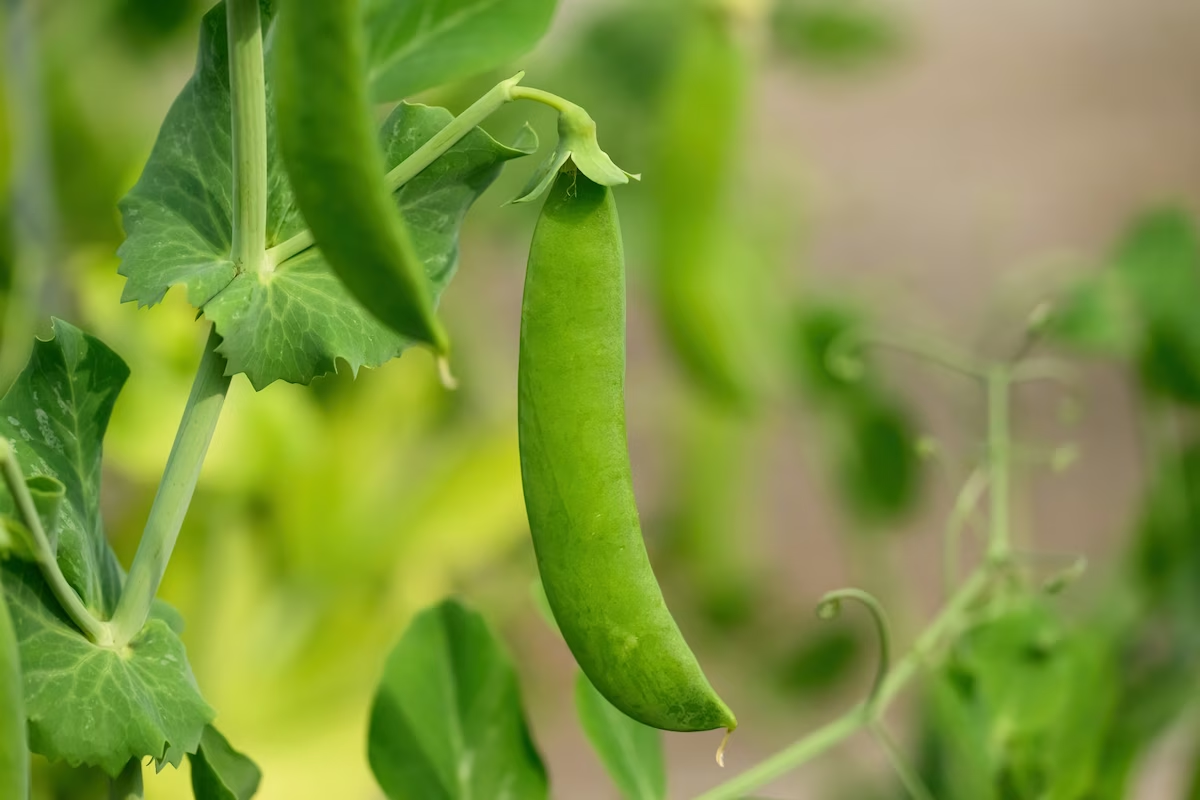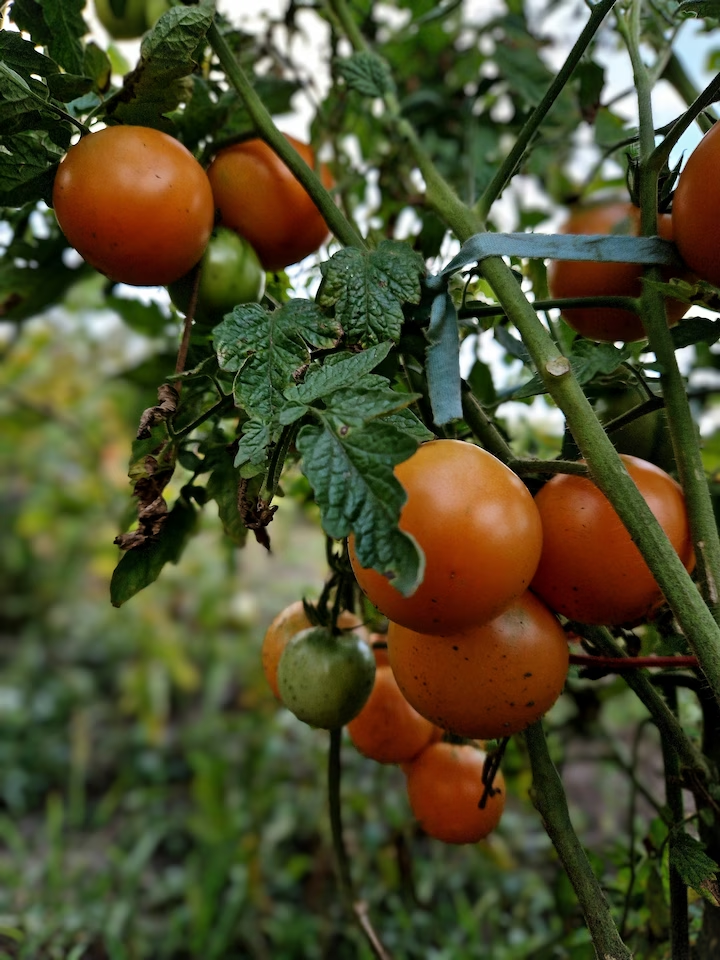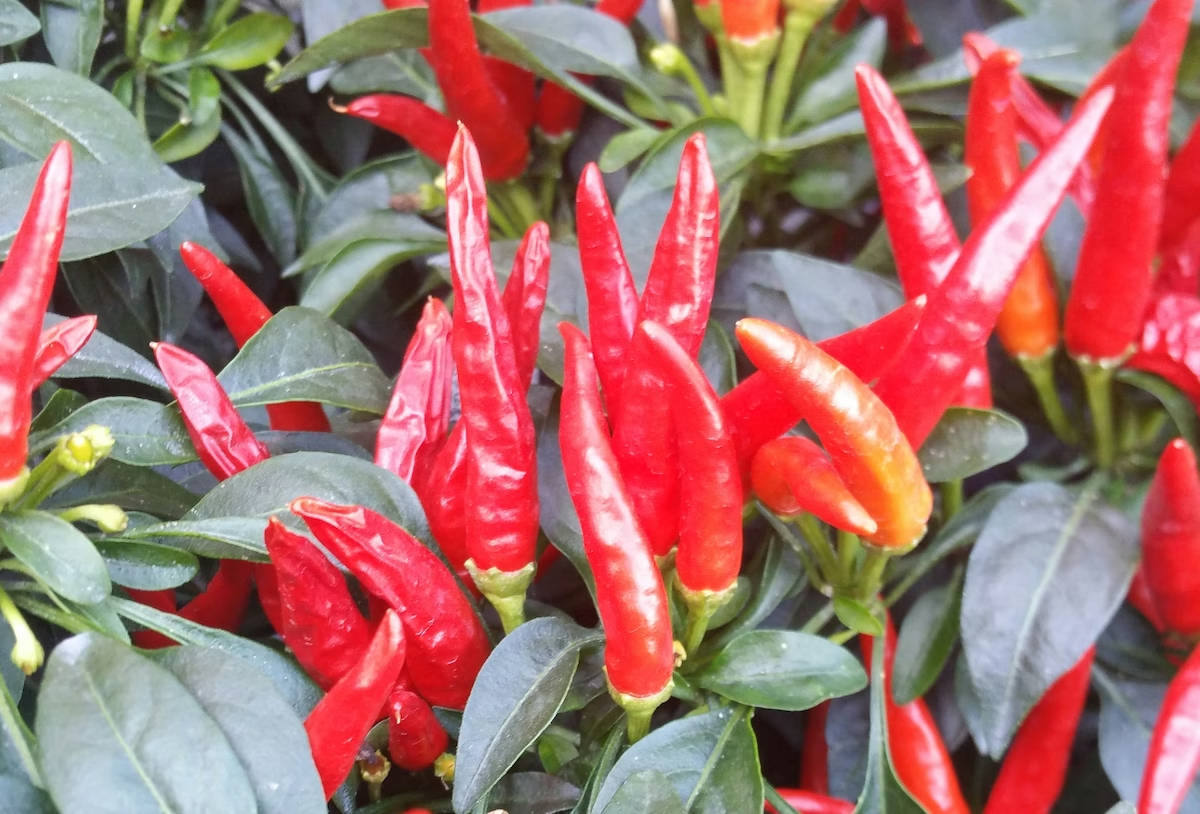Pea
Pisum sativum
Peas are cool-season annual legumes grown for their sweet seeds or edible pods. Varieties include shelling peas (garden peas), snow peas (flat pods), and snap peas (plump, edible pods). Most types are climbing vines requiring support and thrive in the cooler temperatures of spring and early summer or autumn.

Quick Information
Planting Calendar
Growing Guide for
1 Sow Seeds Directly Outdoors
Direct sow pea seeds into prepared, well-drained soil in early spring, typically 4-6 weeks before the average last frost date, as soon as the soil is workable (minimum 4°C/40°F). Plant seeds 2-5 cm (1-2 inches) deep and 5-10 cm (2-4 inches) apart. For fall crops, sow in late summer.
2 Install Support Structure
For most varieties (except dwarf bush types), provide support like trellises, netting, or twiggy branches at planting time or very soon after germination. Peas use tendrils to climb.
3 Water Consistently
Maintain consistent soil moisture, especially crucial from flowering through pod development. Aim for about 2.5 cm (1 inch) of water per week, adjusting for rainfall. Avoid letting the soil dry out completely, but also prevent waterlogging.
4 Apply Mulch
Once seedlings reach about 10-15 cm (4-6 inches) tall, apply a layer of organic mulch (such as straw, shredded leaves, or compost) around the plants. Mulch helps conserve soil moisture, suppress weeds, and keep roots cool.
5 Control Weeds
Keep the area around young pea plants free from weeds, which compete for water, light, and nutrients. Cultivate very shallowly to avoid damaging the peas' shallow roots, or rely on mulch for suppression.
6 Fertilize Lightly (If Needed)
Peas are legumes and fix atmospheric nitrogen, reducing the need for nitrogen fertilizer. Incorporating compost before planting is beneficial. If soil is very poor, a light application of low-nitrogen, high-phosphorus fertilizer might be helpful at planting time.
7 Monitor for Pests and Diseases
Keep an eye out for common pea pests like aphids and pea weevils, and diseases such as powdery mildew and root rot. Good air circulation and crop rotation are key preventative measures.
8 Harvest Peas Regularly
Begin harvesting based on the variety type: Shelling peas when pods are plump; Snow peas when pods are long but still flat; Snap peas when pods are plump and crisp. Pick pods frequently (every 1-3 days) to encourage continued production.
Explore More Plants

Tomato Fruit
Tomatoes are a warm-season favourite, prized for their juicy, flavourful fruits that elevate home cooking, fresh salads, and rich sauces. From tiny cherry tomatoes to huge beefsteaks, these versatile plants offer something for every gardener. Growing your own tomatoes gives the pleasure of harvesting sun-ripened, home-grown goodness straight from your garden, packed with taste you can’t find in the shops.

Chilli Pepper Fruit
Chilli peppers are the fiery fruits of the Capsicum family, known for their intense heat and use in various cuisines. They range in size, shape, and spiciness, adding a kick to dishes worldwide. They thrive in warm climates and require careful cultivation.

Sweet Pepper Fruit
Sweet peppers, also known as bell peppers, are a variety of Capsicum annuum prized for their large, mild-flavored fruits. They are used in a wide range of culinary applications, from salads and stir-fries to stuffed peppers and sauces. They require warm conditions and plenty of sunshine to thrive.